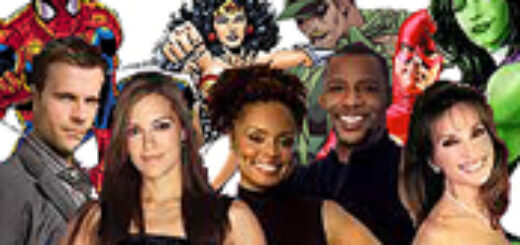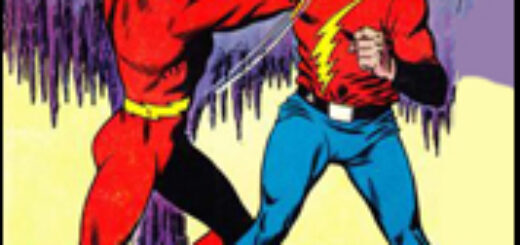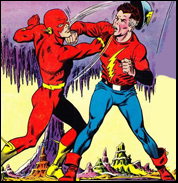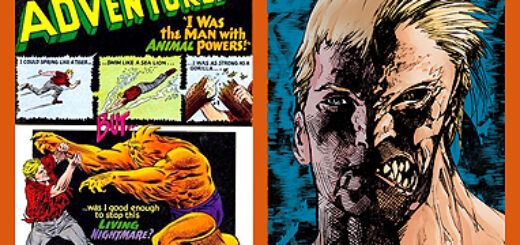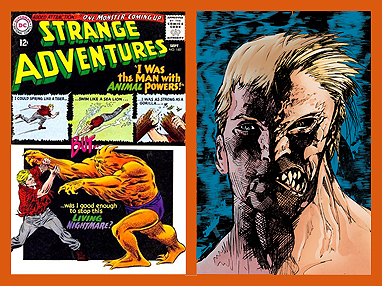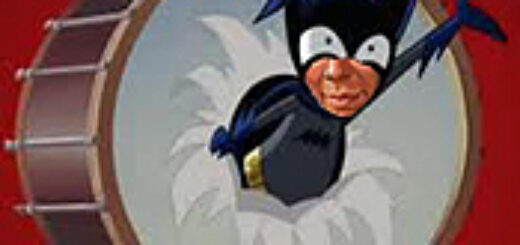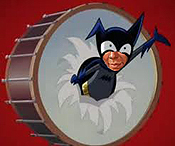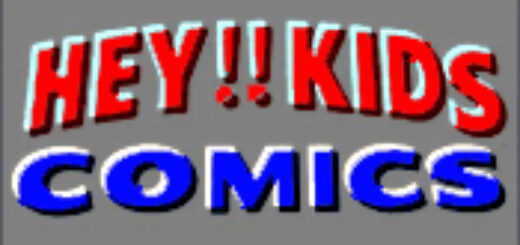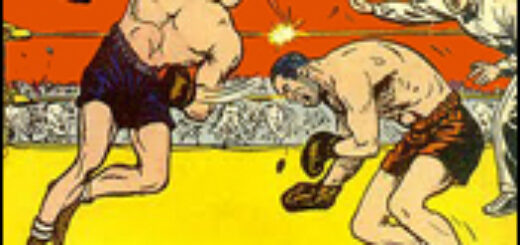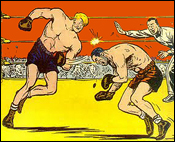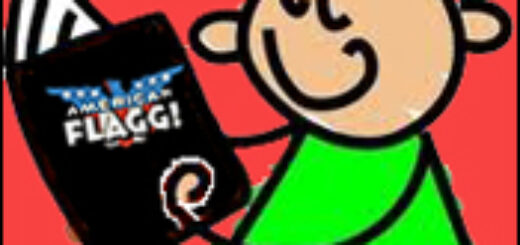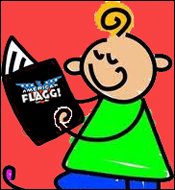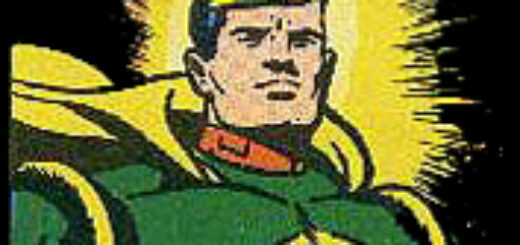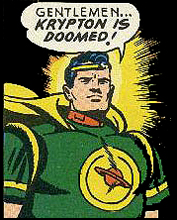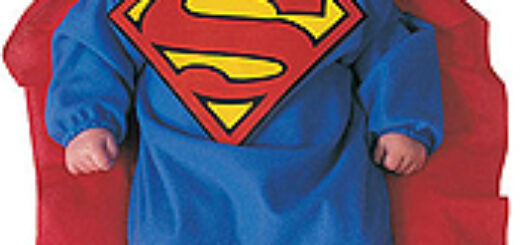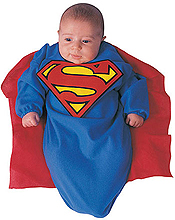MARTHA THOMASES: Of Soap and Comic Books
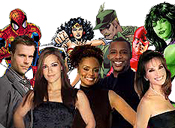 The big news in pop culture this week is not comics (although I’m excited about seeing Cliff Chiang’s Wonder Woman), but on television. Specifically, today is the last episode of the long-running soap opera, All My Children.
The big news in pop culture this week is not comics (although I’m excited about seeing Cliff Chiang’s Wonder Woman), but on television. Specifically, today is the last episode of the long-running soap opera, All My Children.
How long-running is it? The show started in January of 1970. Since then, it’s run for an hour a day, five days a week, except for holidays. Soap operas don’t do re-runs in the summer. They need new stories and they need them now.
I had always sneered at soaps before I watched AMC. I’d tried to watch General Hospital when Elizabeth Taylor was on, just to see what all the fuss was about, and I couldn’t get into it. A friend of mine got a few days’ work on AMC, though, and out of loyalty, I tuned in.
It was hilarious. My friend, a fashion model in real life, was cast as a nemesis of Erica Kane, a fictional fashion model. My friend was six feet tall. Lucci might be more than five, but that’s in heels. They had their skirmishes on staircases so Lucci could look her in the eye.
Still, the absurdities didn’t prevent me from developing an attachment to the characters. I liked Tad the Cad and his lovely sister, Jenny. Their mom, Opal, was a hoot. It didn’t bother me when characters would marry the same person two or three times. Even with a 15-year gap, I could still catch up with the show when I started to watch it again in the late 1990s.
Soap operas are a form of mass-market entertainment aimed primarily at women. They get their name because, traditionally, they’re packed with ads for soap – laundry soap, dishwater detergent, shampoo and bath products. To attract this audience, they tell women-centric stories, where love and family are fought for, and there are very few fist-fights, on staircases or otherwise. On soap operas, before they have sex, men light dozens of candles and scatter rose petals on the bubble bath they just drew.
Soaps started to lose their audience when middle-class American women entered the workforce in large numbers. Today, the networks can’t justify the expense to cater hire large casts for scripted dramas that run in the daytime.
However, while soaps lost audiences in the afternoons, they gained influence on prime-time television. Not just shows like Dynasty and Dallas, but most dramas have developed the kind of intricate, long-form serial stories you find on soaps. Buffy, the Vampire Slayer, Homicide: Life on the Street and Mad Men are just a few critically acclaimed and award-winning shows that show their foamy influence.
What does this have to do with comics? Mainstream comics also show soap influence. When I started to read comics, every issue was self-contained, and most stories were about the fights and the powers. Now the characters have more developed emotional lives, and readers are as caught up with the personalities as they are with determining who would win in a fight.
The audience for pamphlet comics is shrinking more quickly than the audience for daytime soaps, and it was never as large to begin with. At the same time, comics’ influence is everywhere. Not only are comics optioned for the movies and television, but the kind of story-telling techniques developed for comics has been as influential to the current generation of filmmakers as the French New Wave was to my generation.
So maybe there aren’t that many people who want to go to a direct market store, but there are a lot of people who might want to read graphic stories. The growth in bookstore sales of graphic novels proves this, and we’ll see if digital delivery grows the audience as much as we’d hope.
When DC was preparing to launch the line of science fiction comics that eventually became Helix, I remember having a conversation with editor Stuart Moore. It seemed to me that he had an interesting line that would appeal to fans of the genre, but I wasn’t sure how they would find the books if they didn’t already go to comic book stores. There were critics who might consider reviewing the Moorcock series, but they’d want to see the entire storyline. Why can’t we publish graphic novels first? I wondered.
The answer, unfortunately, was a combination of inertia (this is the way we’ve always done it) and a market model that wasn’t about to change for the chance of success with a few titles. The only hit to survive the line was Transmetropolitan, and I’m willing to bet it has sold more copies in collected form than it did as a monthly title.
It’s been bittersweet watching the last few episodes of AMC. The writers are taking ridiculous chances (returning characters from the dead) and giving most of the long-running characters some happiness. I felt the same kind of affectionate sadness at the last month of the DCU titles. Maybe it was sentimental, but I liked it when Bruce Wayne got a note from his long-dead father (then alive in an alternate universe), in which Thomas told his son how proud he was of him.
That was the kind of thing that could happen in the Valley.
Dominoed Daredoll Martha Thomases will have to find something else to watch as her treat for getting work done.
SATURDAY: Marc Alan Fishman

